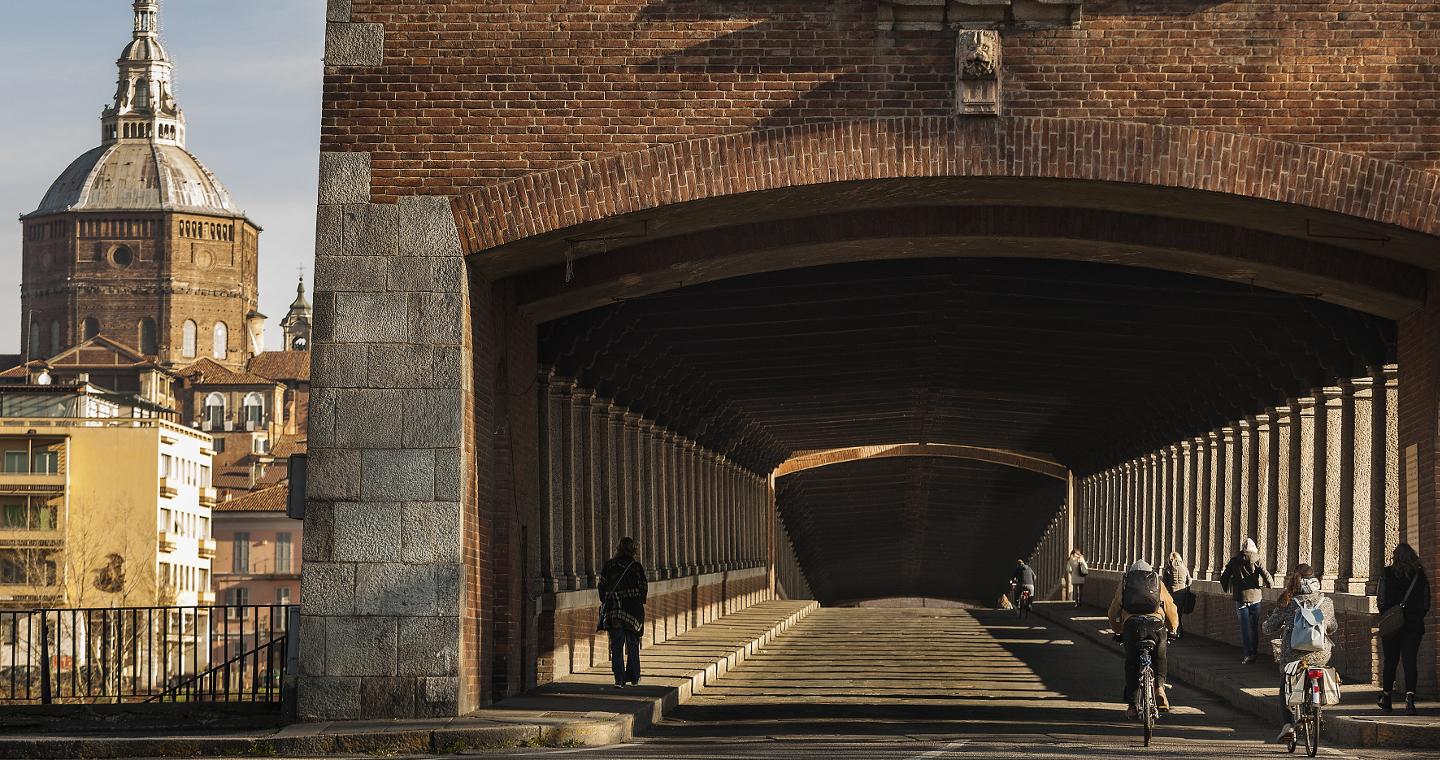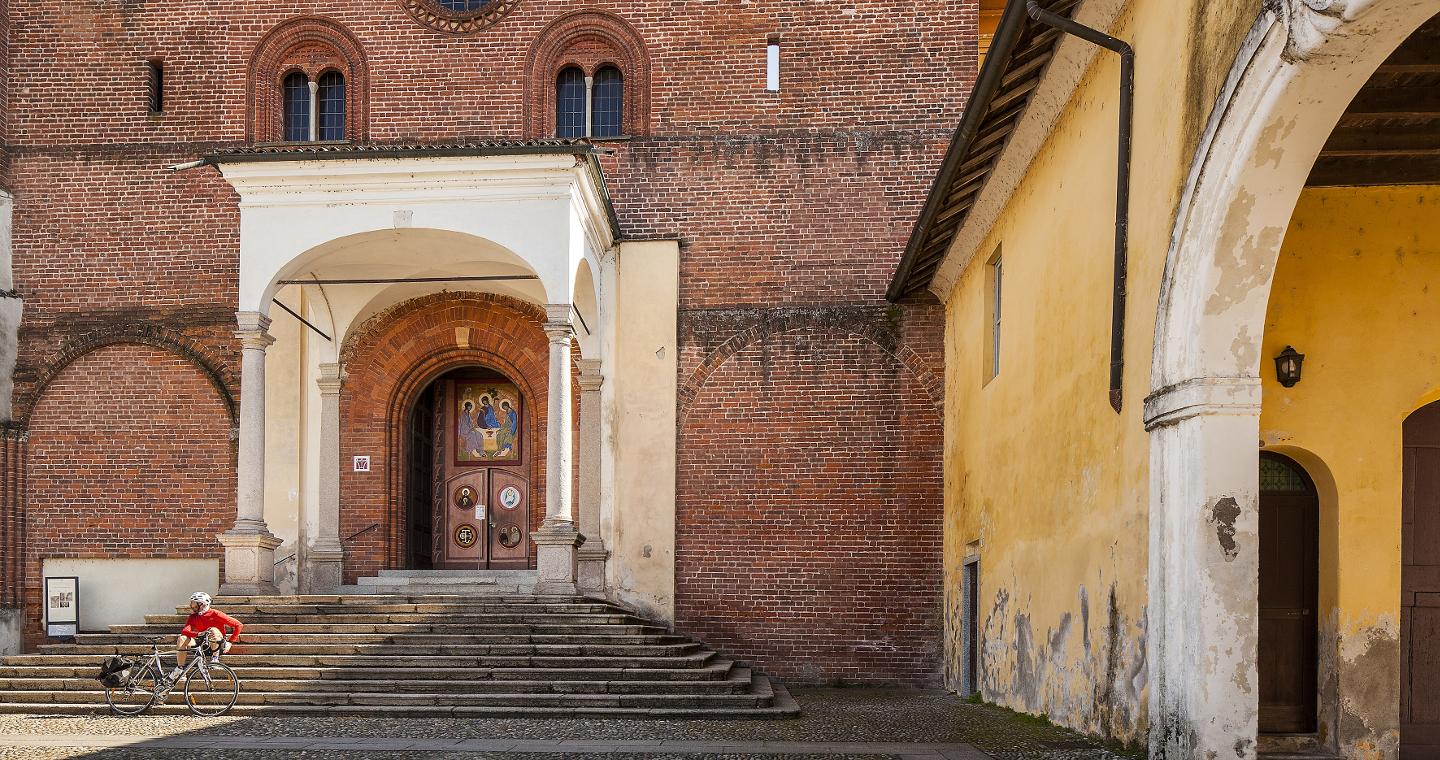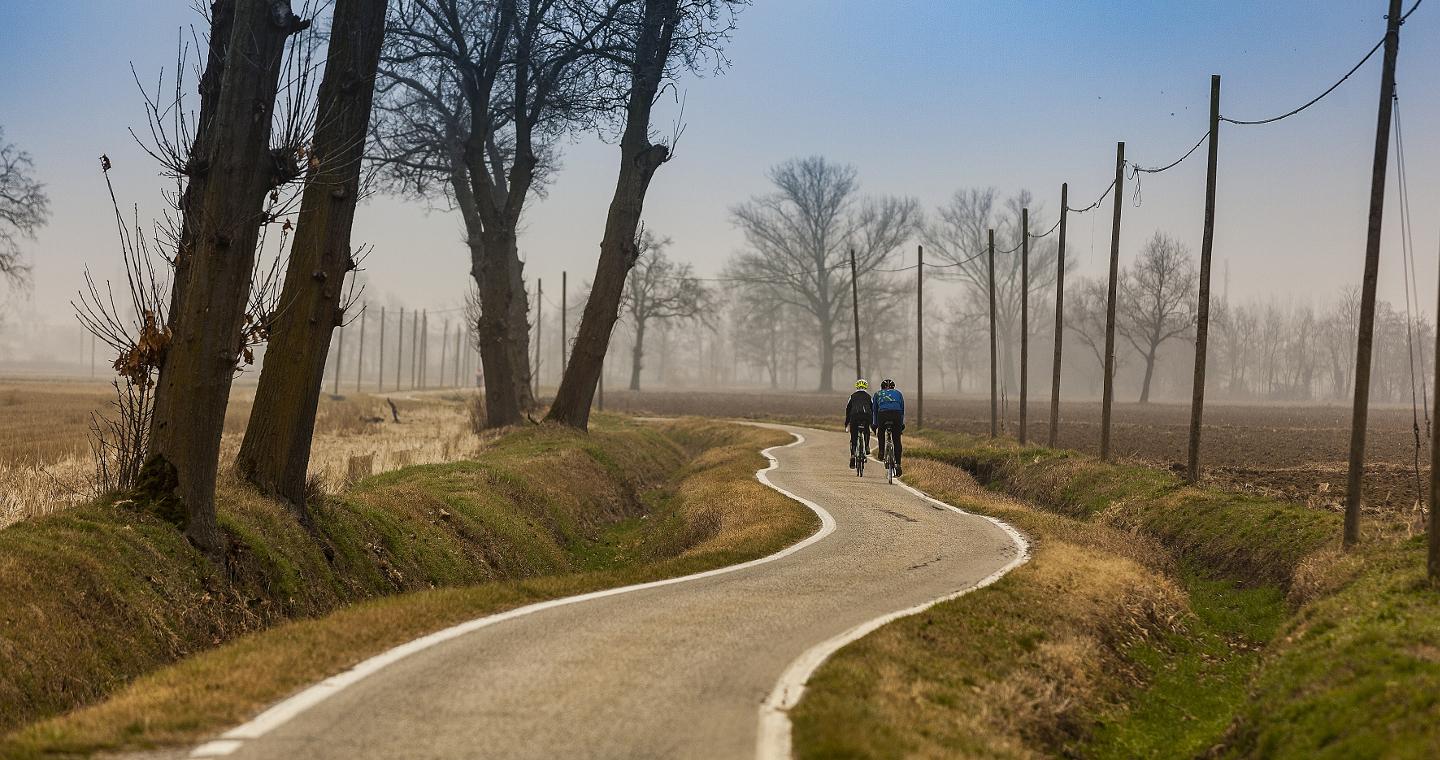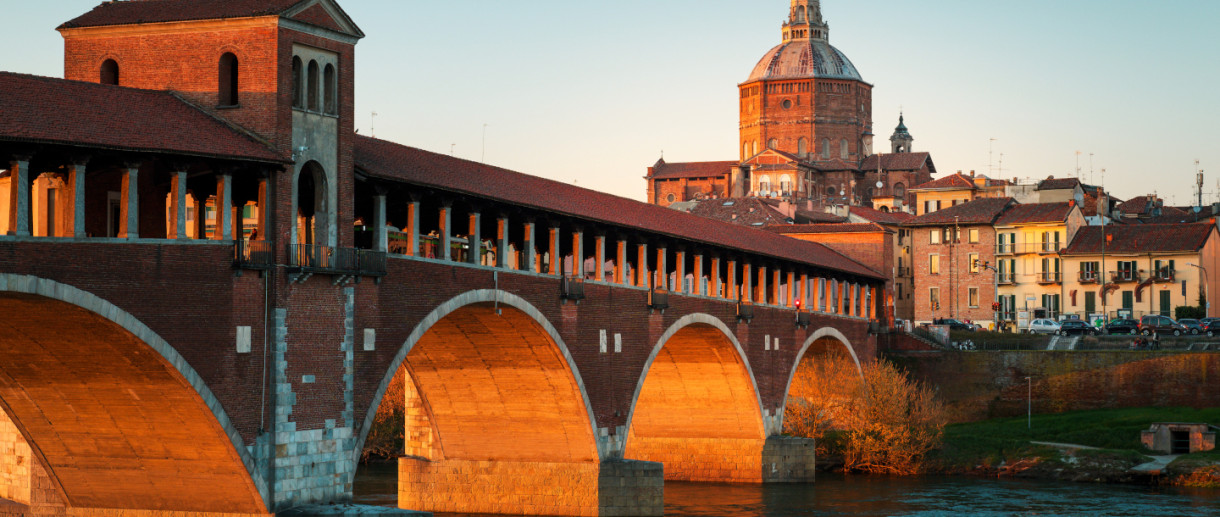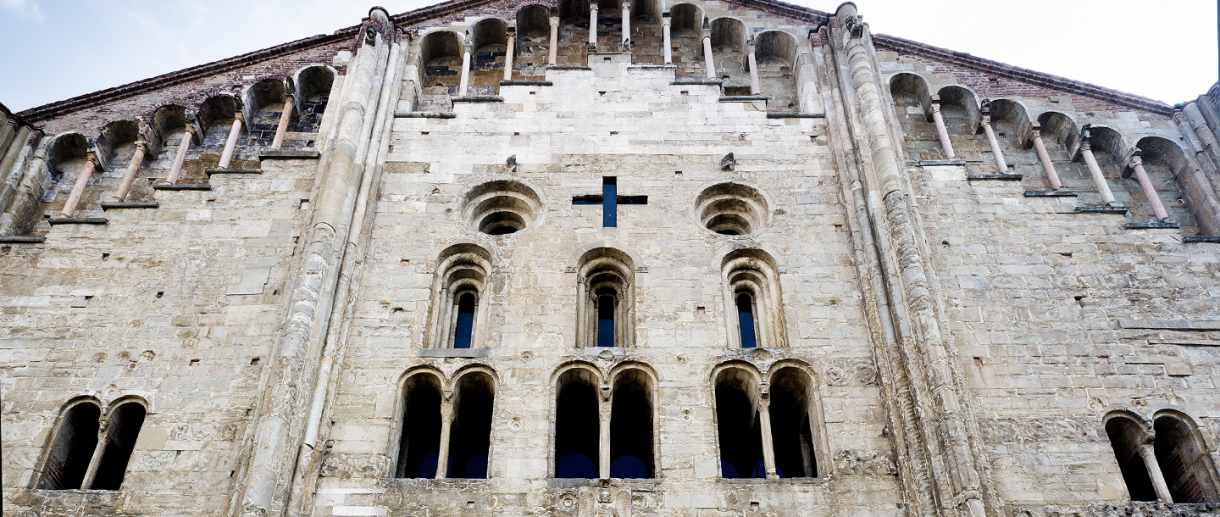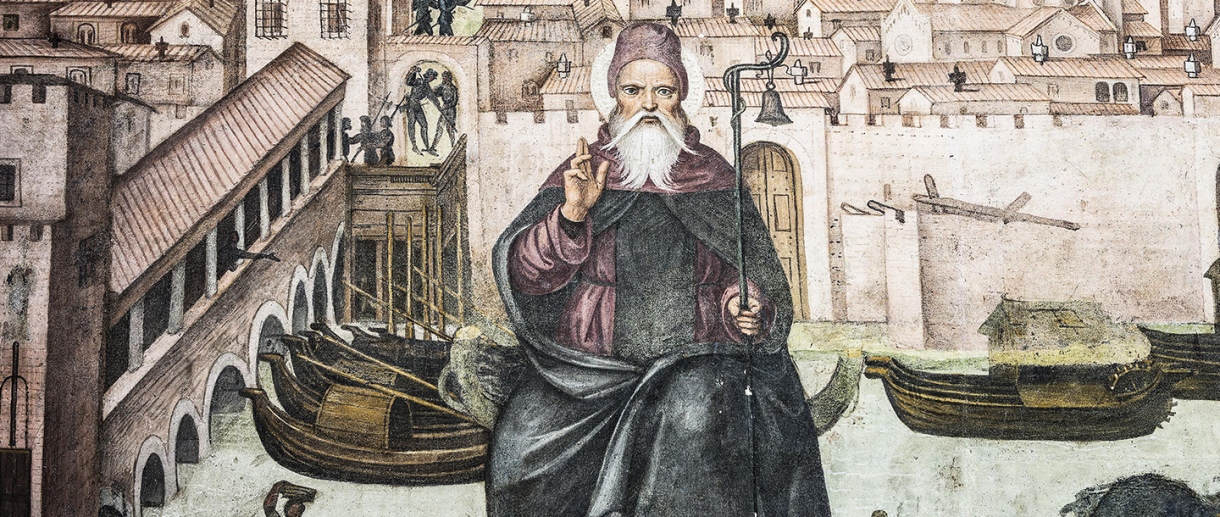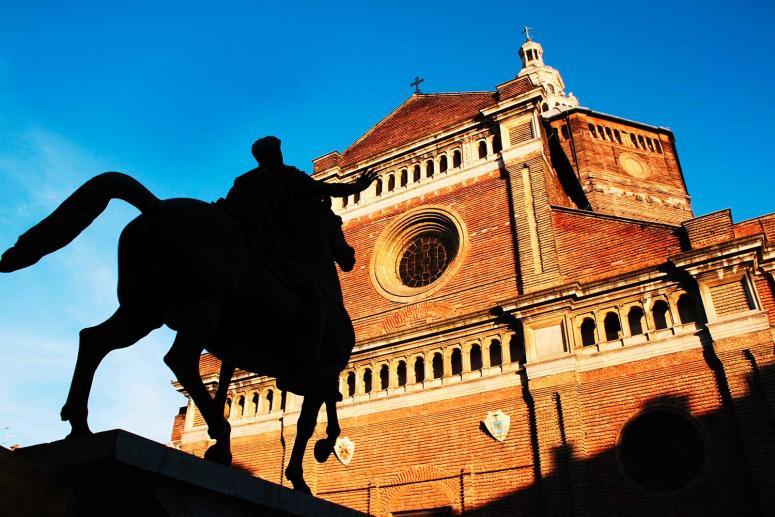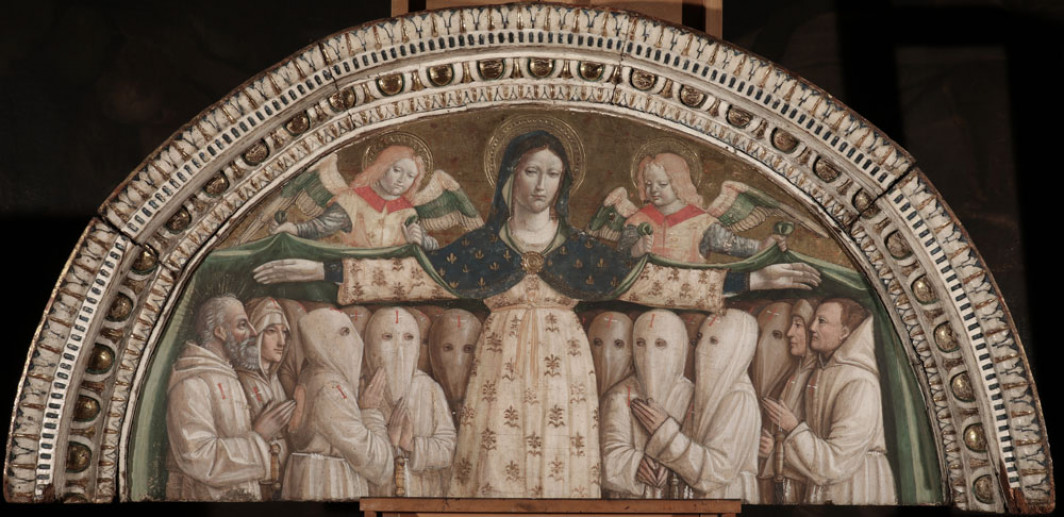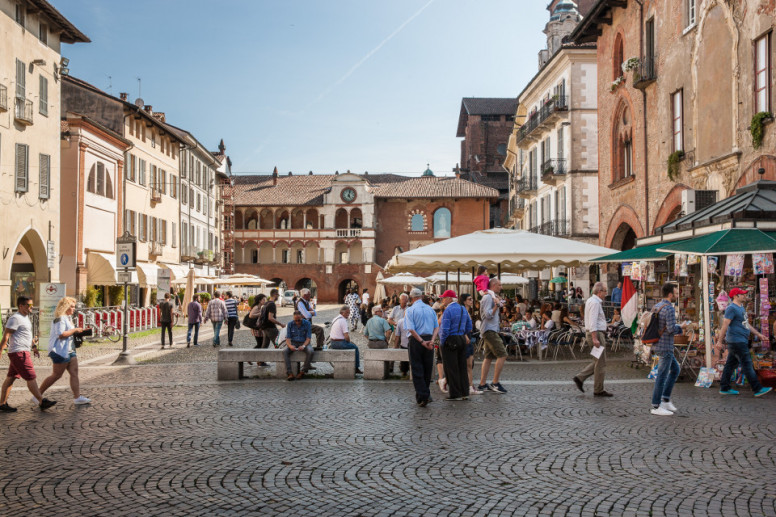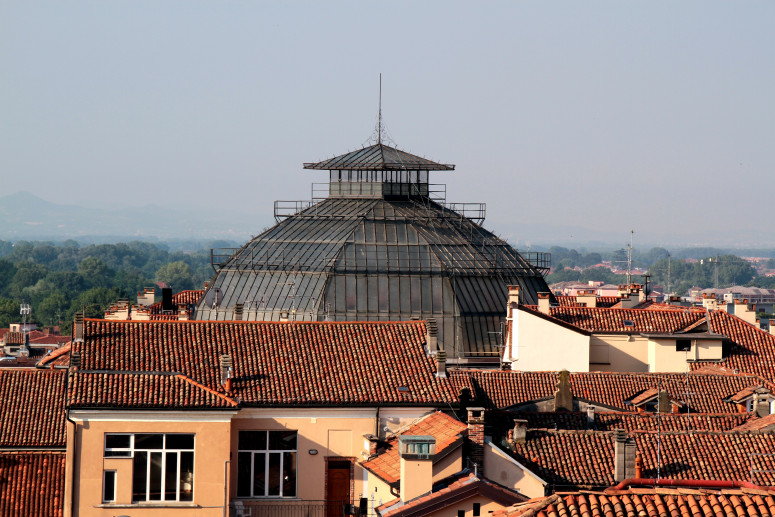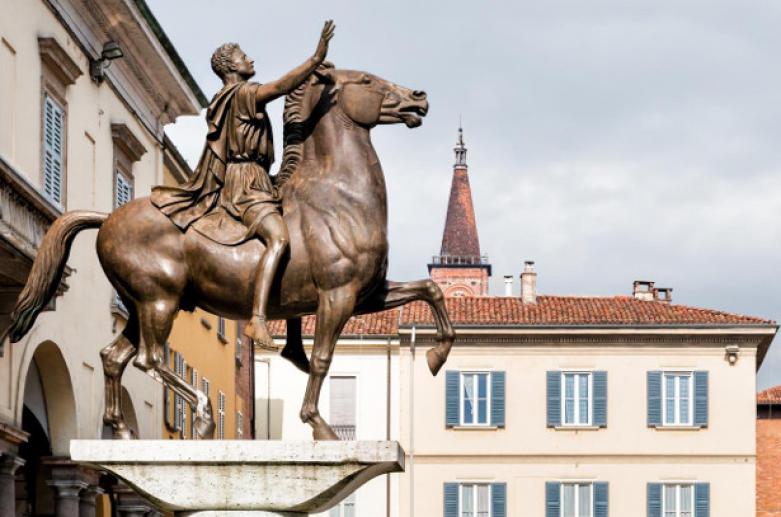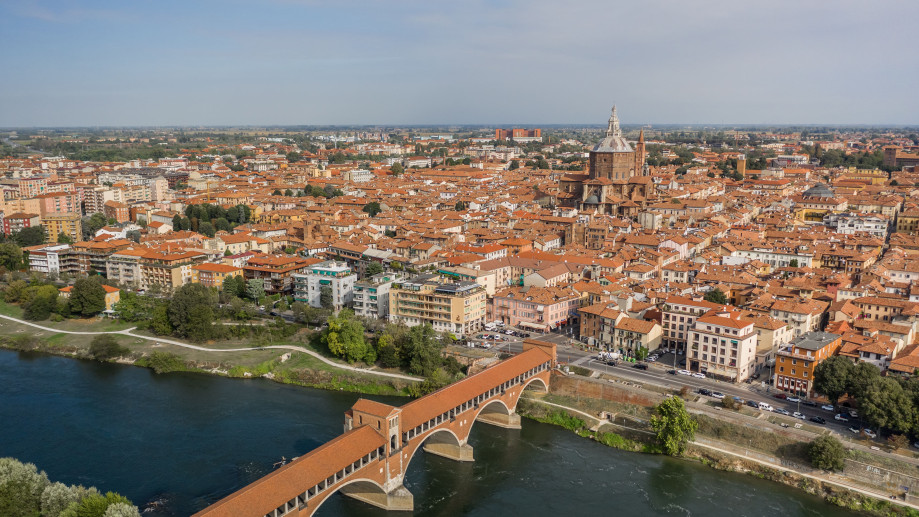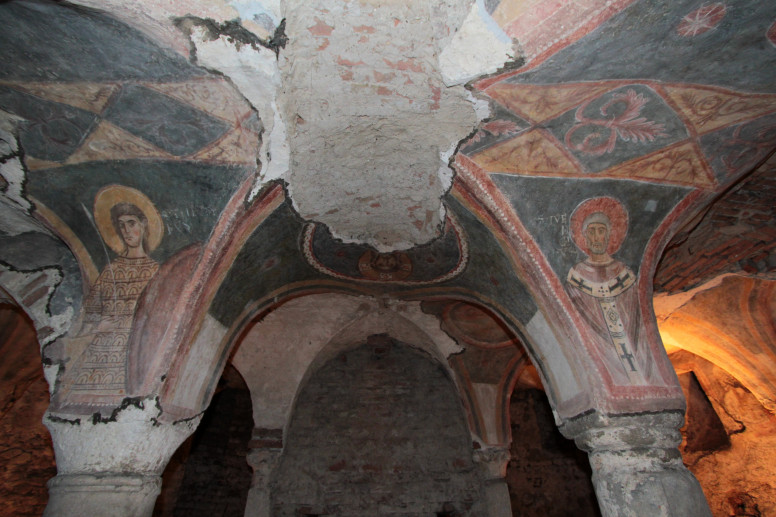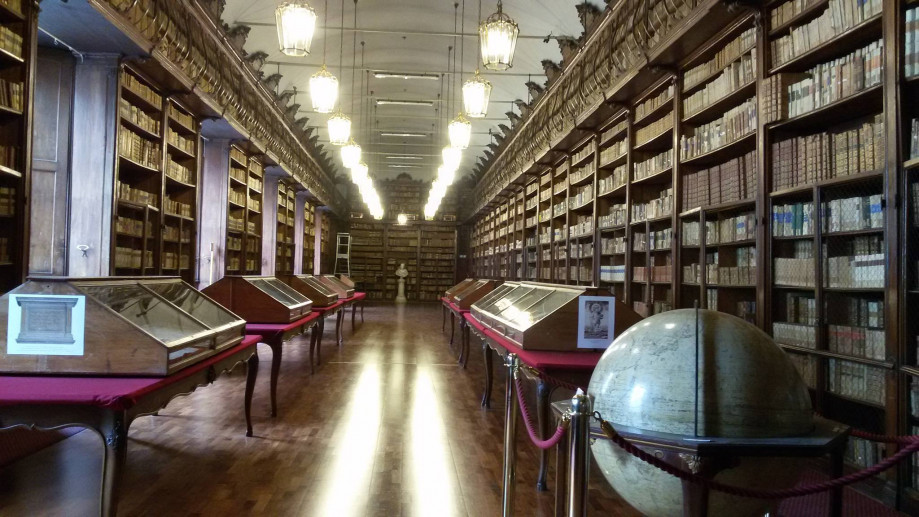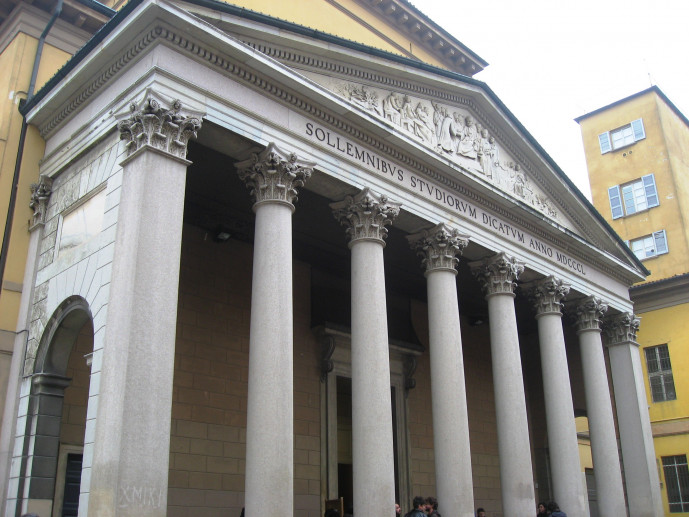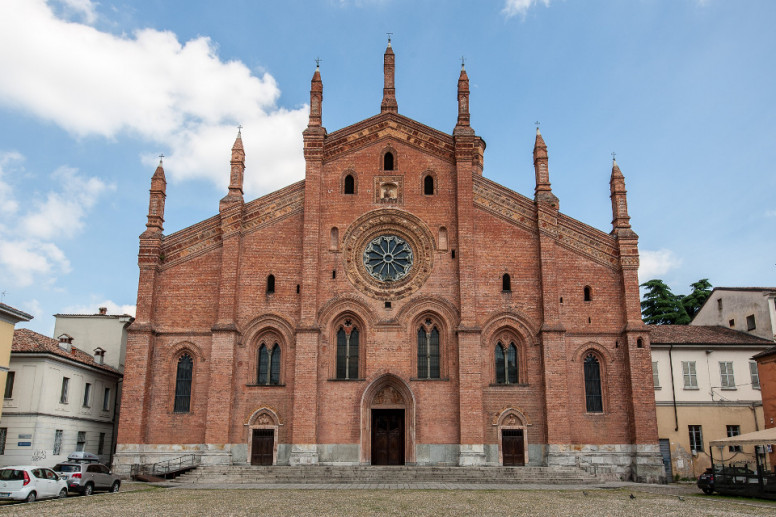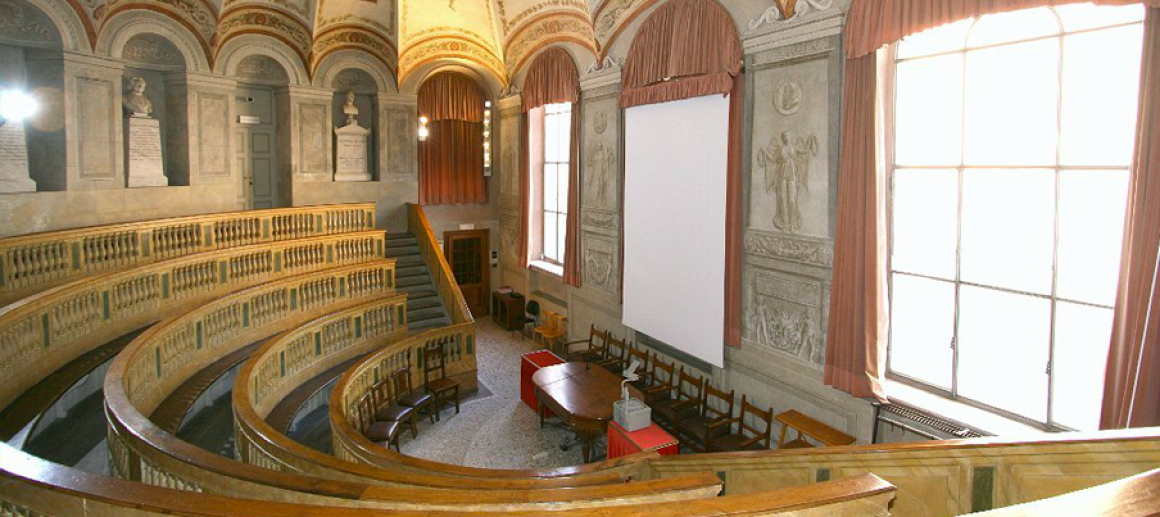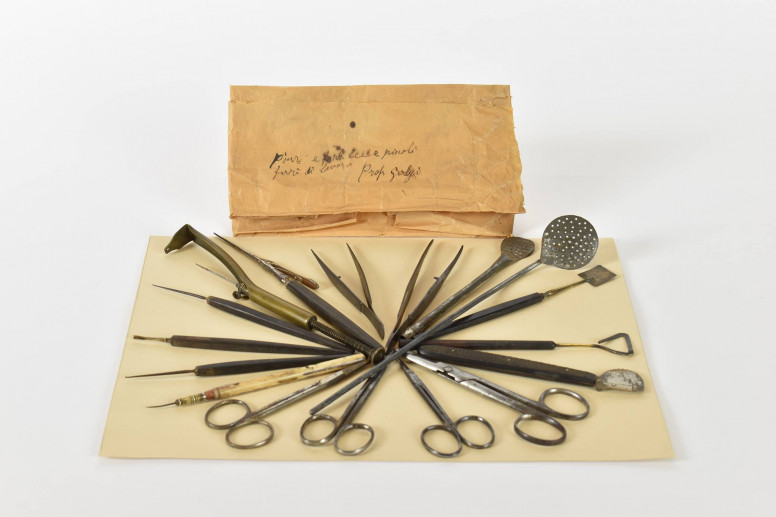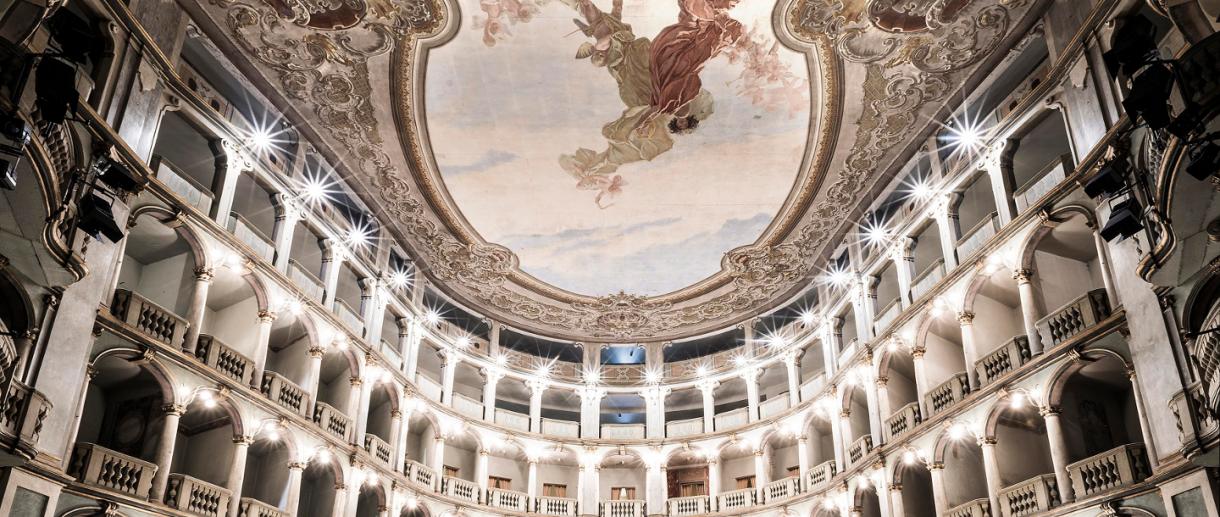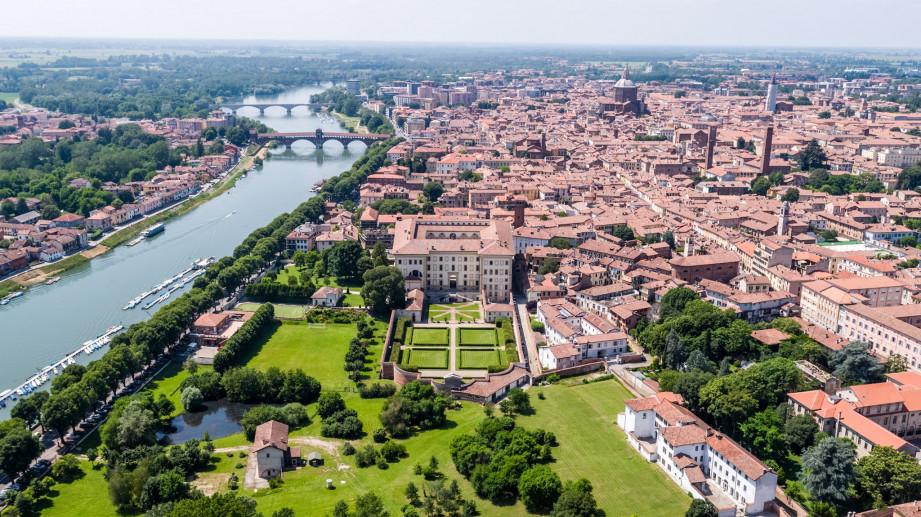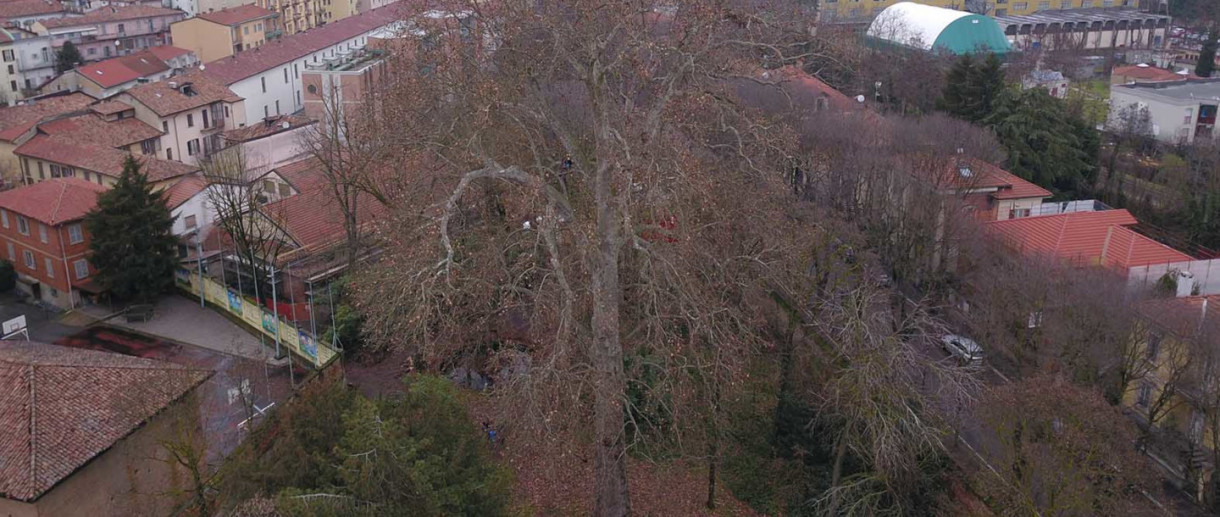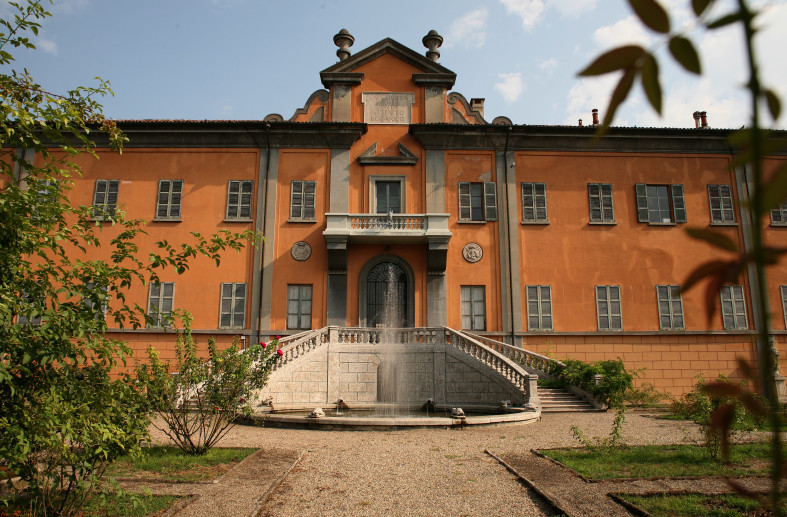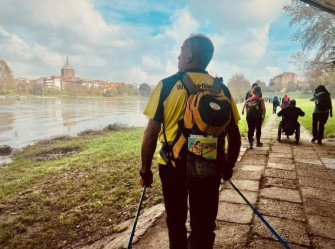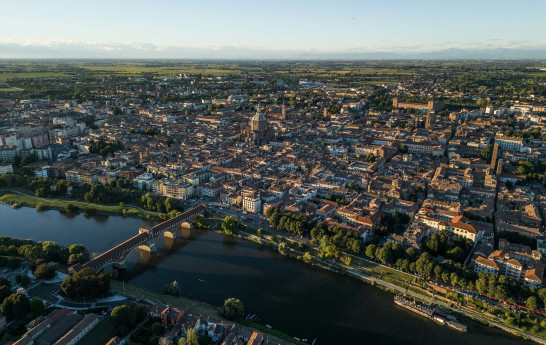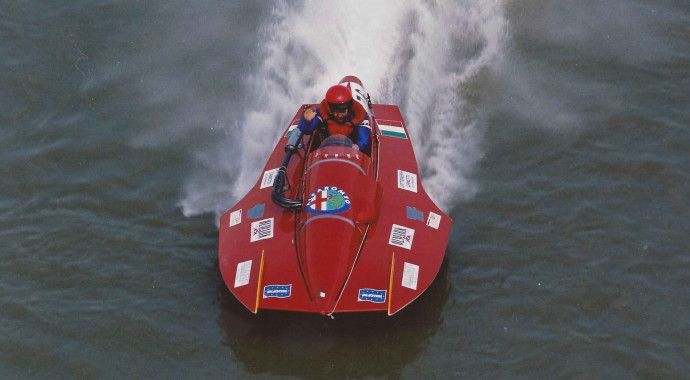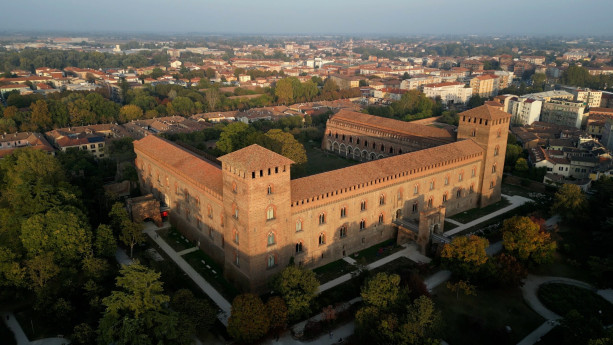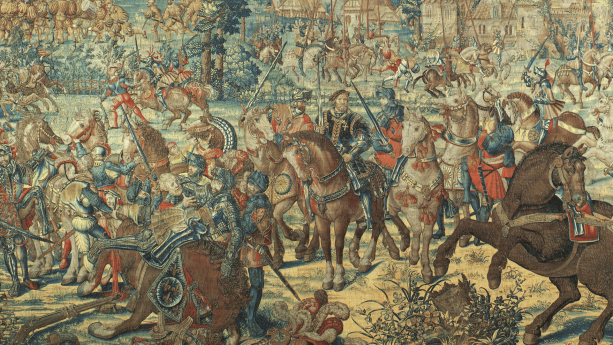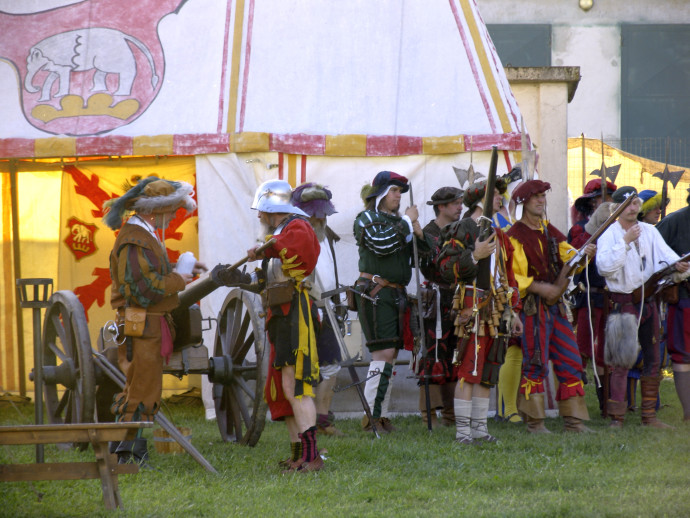- Cycle Tourism
From Pavia to Abbiategrasso
Pavia, a little capital of art and culture, can boast of a long history with regard to the bicycle.
In May 1869, the first national cycling race was held here, organised by cycle racers from Milan forbidden by a decree from organising competitions in their own city. It is nice to think that here, some decades later, along the banks of the river Ticino, a very young Albert Einstein once pedalled.
He was sixteen when, in the spring of 1895, his family moved for a short time to Pavia, where his father opened an electromechanical engineering factory. We know that the future Nobel prize winner at this time enjoyed leaving the Casa Cornazzani, where Ugo Foscolo had also lived, to go swimming in the river and walking in the hills of Oltrepò. We cannot be certain he went on bike trips but, years later, immortalised in the saddle in the famous photograph going around the Californian campus of Pasadena, he is said to have confessed that his best insights came to him while pedalling.
The route starts from the Ponte Coperto di Pavia connecting the historic centre to Borgo Ticino, in the direction of Abbiategrasso. We ride along the crest of the bank, almost suspended between the river and the flood plain, fields and farmhouses. After the wide meanders of the Ticino, amidst irrigation ditches that seem to be miniature rivers and nests from which white and ash-grey herons rise, the road abandons the view of the river and, after the junction at Mulino Limido, reaches Zerbolò.
We stop here and look up: on leaving the town, there is a street lamp that for years has been the home of a large nest, inhabited from March to September by a pair of storks. After Zerbolò, we rich the village of Parasacco before heading once again towards the Ticino. Awaiting us, amidst large, gravel beaches, is the picturesque bridge, the Barche di Bereguardo.
Creaking under the wheels of the bicycle, this is one of the last examples of pontoon bridges in cement, originally in wood, which floated and gave an indication of the water level. Lovers of mountain bikes can cover the stretch up to the bridge along a path of around 20 kilometres, well marked. Beyond the bridge, the only short, limited difference in level of the route is tackled and, after a long straight stretch on a slope, flanked by monumental poplars, Bereguardo is reached.
The Visconti castle is left behind and the ride continues on the towpath of the Naviglio di Bereguardo, 20 mostly straight kilometres alongside a canal built in the 16th century to connect the Naviglio Grande of Milan to the Ticino and the latter to the Po and the sea. A vital commercial waterway for the transport of goods for four centuries, the Naviglio di Bereguardo was reduced to operating as an irrigation channel after the Naviglio Pavese was built. Along the well-maintained cycle track, there are basins with waterfalls, an arched stone bridge and small piers.
Passing the sign for Cascina Perdon, a detour to the left leads to the village of Morimondo, where an Abbey was founded in 1136 by the Cistercians. Back on the towpath, after a little more than 4 kilometres, we come to Castelletto di Abbiategrasso where the Naviglio di Bereguardo draws its waters from the Naviglio Grande.
Abbiategrasso leads us to visit the Basilica of Santa Maria Nuova, the entrance of which on the incomplete façade is attributed to Bramante. But it’s also the chance to stock up on sugar: fine pastry shops await in the historic centre.
-
One day route
Difficulty: for all
Length: 41 km
Elevation profile: 50 m
Roads: 100% paved
Type of bike: touring bikes with gears and road bikes
When: from March to October
Mood: fluid
